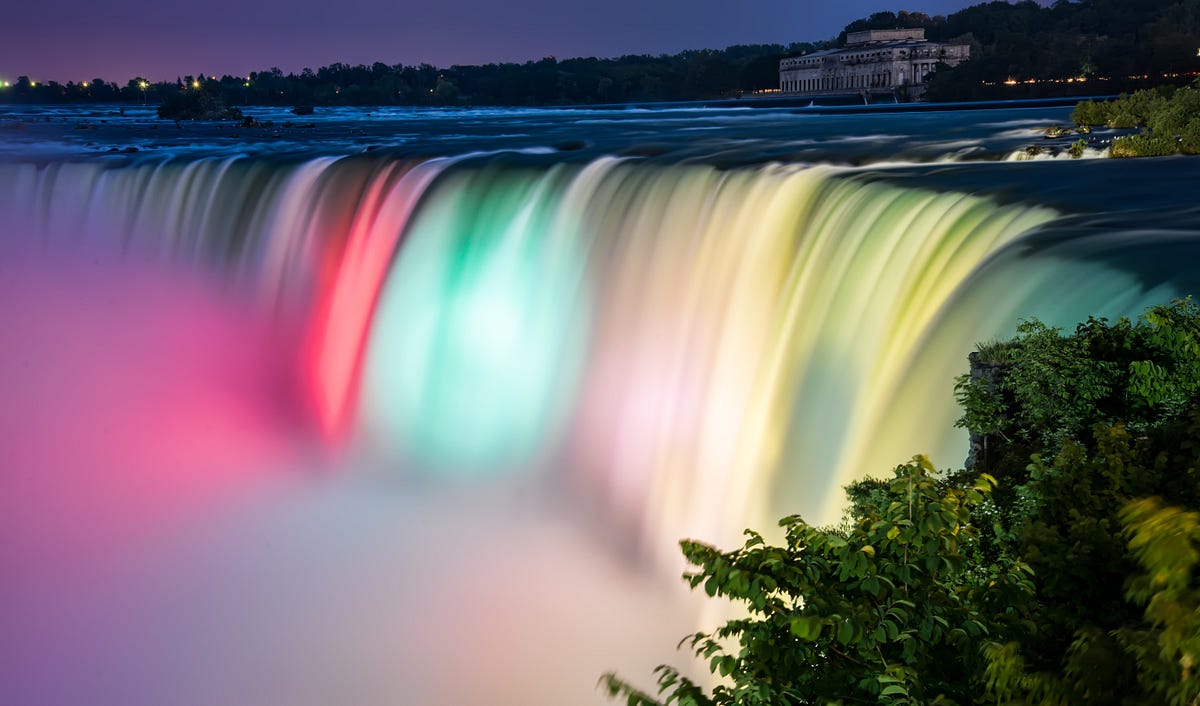
Exploring the Majesty of Earth: Unveiling the Highest Mountains in the World
Introduction
In the realm of natural wonders, mountains have always stood as remarkable symbols of both awe and inspiration. These monumental formations have captured human imagination for generations, evoking a sense of grandeur and challenge that few other landscapes can match. Join us as we embark on a journey to uncover the world’s tallest peaks, delving into their heights, geological marvels, and the incredible allure they hold.
1. Mount Everest: Touching the Sky
As we delve into the world of towering mountains, there’s no better place to start than with the iconic Mount Everest. Nestled majestically in the Himalayan range, this colossal giant reigns supreme as the tallest mountain on Earth, its summit soaring an astonishing 29,032 feet (8,849 meters) above sea level.

A magnet for adventurers and thrill-seekers, Mount Everest’s challenging slopes and breathtaking altitudes present the ultimate test of human determination and resilience.
2. K2: The Savage Beauty
Venturing westward, we encounter the enigmatic K2, often referred to as the “Savage Mountain.” This moniker stems from its formidable conditions and notorious reputation.

Situated in the Karakoram Range, K2 stands proudly as the second-highest peak on the planet, reaching an imposing elevation of 28,251 feet (8,611 meters). Its rugged and majestic beauty, combined with its treacherous terrain, has earned K2 a place in mountaineering folklore.
3. Kangchenjunga: A Himalayan Gem
Moving eastward, we come across Kangchenjunga, a Himalayan gem that graces the Eastern Himalayas. This awe-inspiring peak stands tall at 28,169 feet (8,586 meters) and boasts a distinctive five-peak formation that adds to its allure.

Kangchenjunga’s tranquil beauty and cultural significance make it a destination that resonates not only with mountaineers but also with those seeking a deep connection with nature.
4. Lhotse: A Neighbor’s Challenge
Adjacent to Mount Everest, Lhotse shares both proximity and challenges with its renowned neighbor. With an elevation of 27,940 feet (8,516 meters), Lhotse’s South Face presents an imposing wall of ice and rock, testing climbers’ skills and courage.

The beauty of Lhotse lies not just in its soaring altitude but also in the relentless determination required to conquer its slopes.
5. Makalu: Solitude and Serenity
Our journey takes us to Makalu, a remote and captivating peak nestled between Nepal and China. Standing at an impressive height of 27,838 feet (8,485 meters), Makalu’s pyramid-like shape is a testament to nature’s artistic prowess.

Its isolation offers a sanctuary for those seeking solitude in the midst of pristine wilderness, while its altitude challenges even the most seasoned climbers.
6. Cho Oyu: Turquoise Tranquility
Amidst the Himalayan expanse, Cho Oyu stands as a serene and alluring presence, earning its nickname as the “Turquoise Goddess.” The glint of its turquoise ice formations contrasts with its elevation of 26,906 feet (8,201 meters).

Known for its accessible slopes and captivating beauty, Cho Oyu beckons mountaineers to scale its heights and experience the magic of an 8,000-meter summit.
7. Dhaulagiri: A Canvas of Snow
Dhaulagiri, with its snow-clad magnificence, paints a stunning portrait against the backdrop of the Himalayas. Soaring to 26,795 feet (8,167 meters), this mountain’s isolation and challenging conditions demand the utmost respect from climbers.

Dhaulagiri’s daunting beauty is a testament to nature’s power and artistry.
8. Manaslu: Spirit of the Mountains
Our journey introduces us to Manaslu, a mountain deeply intertwined with local folklore and spirituality. With an elevation of 26,781 feet (8,163 meters), it stands as a testament to human endurance and perseverance.

The allure of Manaslu goes beyond its physical height, inviting explorers to discover the stories and legends that shape its cultural significance.
9. Nanga Parbat: The Naked Challenge
Nanga Parbat, often dubbed the “Naked Mountain,” stands boldly in its uniqueness. Reaching a height of 26,660 feet (8,126 meters), it offers an awe-inspiring view of the world below.

Yet, this beauty comes with a challenge, as Nanga Parbat’s unpredictable weather and rugged terrain test the limits of climbers’ courage and skill.
10. Annapurna: Abundance of Beauty
Our journey concludes with Annapurna, the “Goddess of Abundance.” With an elevation of 26,545 feet (8,091 meters), this mountain not only stands as a physical giant but also embodies spiritual significance.

Annapurna’s majesty invites adventurers to explore not only its peaks but also the depths of their own aspirations and potential.
Conclusion
As we wrap up our exploration of the world’s highest mountains, we are reminded of the immense power of nature, the indomitable spirit of human exploration, and the beauty that exists in every corner of our planet. These towering peaks are not merely geographical formations; they are symbols of human ambition, determination, and the limitless possibilities that await those who dare to reach for the sky. Whether you’re an aspiring mountaineer or an armchair traveler, the world’s highest mountains beckon, offering a journey of discovery, inspiration, and uncharted horizons.

